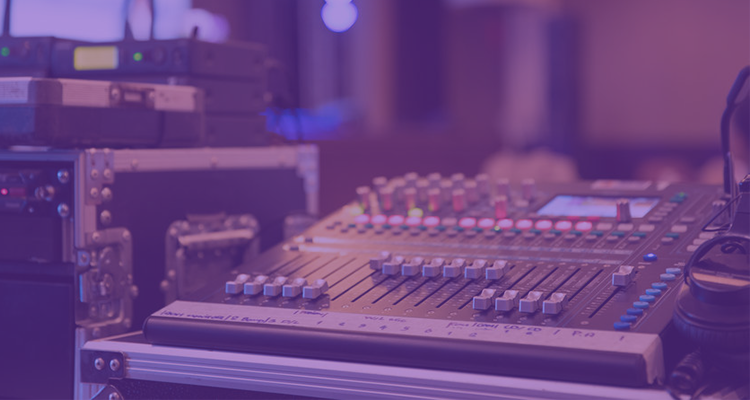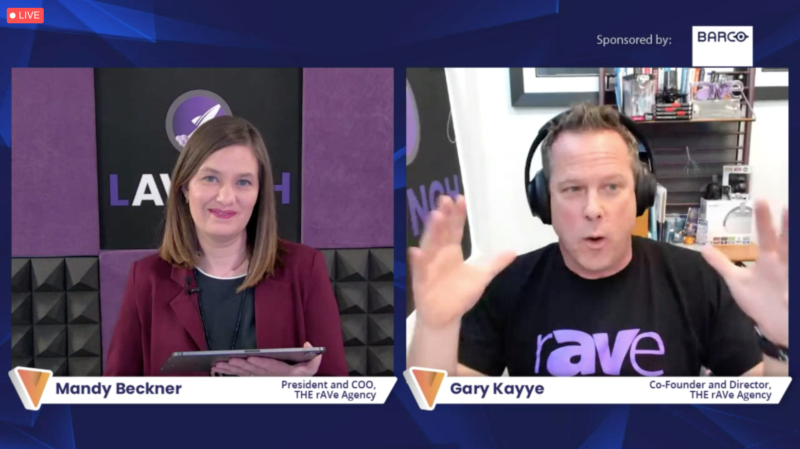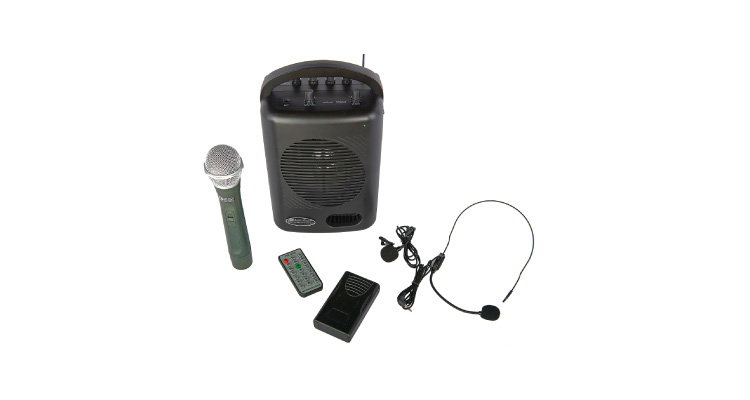Portable, Powered, PERFECT! The Need for ‘Anywhere Audio’
Exertis Almo
Allow me to paint a picture for you: The weather outside is in the high 80s — bright sun, not a cloud in the sky and you decide to take full advantage and head to the beach for the day. You pack all the essentials: sunscreen, drinks/food, maybe a book or tablet and (possibly the most important essential) your small Bluetooth speaker!
Portable Bluetooth speakers are hardly new. However, what is “new” is the current wave of portable and powered loudspeakers that have taken the ProAV world by storm, allowing end users to have what I call “anywhere audio.” That is, the ability to bring your audio with you regardless of application, space dimensions or overall needs.
The “portable PA” category continues to grow, and as it does, we are now faced with more options than we’ve ever had in the past. There’s pretty much a portable option for just about everyone! The speaker you choose is normally dictated by what you are using it for as well as what is the size of the listening area. Over the past 2+ years, there has certainly been a drastic increase in outdoor activities whether that be fitness classes, educational/corporate presentations, outdoor dining or outdoor performances. When you have this many unique applications, it becomes imperative to match up the right speaker for each. We also cannot ignore the current supply/chip shortages affecting the world and the ability to choose a powered speaker rather than sourcing a separate amplifier can also be viewed as a benefit of this category! Let us examine some of these features that could determine the difference between a good experience from a poor one.
Choosing the Best Option
When discussing loudspeakers as a category, there are a few questions that I will always ask during the conversation. First, I want to know if portability is a desired need. In other words, will this loudspeaker be permanently installed or will there be times when it needs to be carried from one place to the next with ease? Portable loudspeakers can range in size/weight from approx. 17 pounds up to 85 pounds (and more)! In most cases. While 85 pounds is pretty heavy, it is still “technically” considered portable and will normally have fixed handles on the speaker cabinet to assist in moving or with the use of an optional carry case.
The second question is whether the speaker needs to be passive (it requires an external amplifier and mixer to power/control) or powered (amp and mixer/DSP are built into the speaker). As we can probably all attest, not everyone is an experienced audio engineer. Having an “all-in-one” solution such as a powered/portable loudspeaker might be extremely attractive for those who are beginners and simply want to turn the speaker on and go! For the sake of this discussion, we are going to be talking about powered options due to their ease of setup, control and functionality. Some of the vendors who are players in this category also have Android/Apple apps that can turn your phone or tablet into a control panel. I have seen times where a musician might be performing while someone is in the back of the bar controlling the mixer of the speaker from an iPad. It is that type of simplicity that makes this category quite popular regardless if you are a beginner or an experienced musician or sound engineer.
Another question we certainly want to ask is HOW the speaker will be used. For example, if someone intends on simply connecting a phone via Bluetooth to listen to music outdoors, then that indicates there might not be the need to look at the higher end of the price spectrum nor do we probably need to look at the higher end of the Peak SPL (maximum loudness). However, If the end user plans on connecting a wired or wireless microphone for presentations, for example, that opens up several different products to choose from. Most products in the portable PA category offer some type of built-in mixer (some analog, some digital) and they come in all different sizes (two-channel, five-channel, and so on). Along with this, they will offer additional features, such as feedback suppression, ducking and vocal special effects. Feedback suppression is a signal processing device that is used to prevent or “suppress” audio feedback (like if a microphone is too close to a speaker and creates a distinct noise). Ducking is a feature you may routinely experience if you are in a club and the DJ begins to talk on the microphone — as they speak into the microphone, the music gets turned down so everyone can hear them. You are “ducking down” the volume of the audio on one signal so you can hear another audio signal.
While there are several other qualifying questions we can ask, I think the last of the integral questions is to find out how large or small the listening area is. I mentioned previously the Peak SPL which is another way of saying “how loud can this get?” I have seen the dB on these products range from 110db up to 131db, which allows these to be used in small classrooms up to conference halls and houses of worship. A coffee shop more than likely does not want a large 15” loudspeaker blaring music, whereas you are going to need two or more of that large speaker for proper audio at your conference/trade show for presentations. Due to this variation in listening, we can also look at additional factors such as whether a tripod mount can be used, or if we look at others that come with detachable column arrays, which can actually be wall mounted. A recent project I worked on for a church wound up using two portable PAs (which came with a column array). The church loved the idea of mounting the array on the wide and hiding the base in the corner out of sight. The options are certainly plentiful in this category!
You can now probably consider yourself knowledgeable enough to be dangerous when it comes to this category and the features to look out for. No longer does the word “portable” only apply to those tiny speakers we take to the beach, and in the ProAV realm, our customers can now experience the “anywhere audio” of which I’m such a huge fan.





